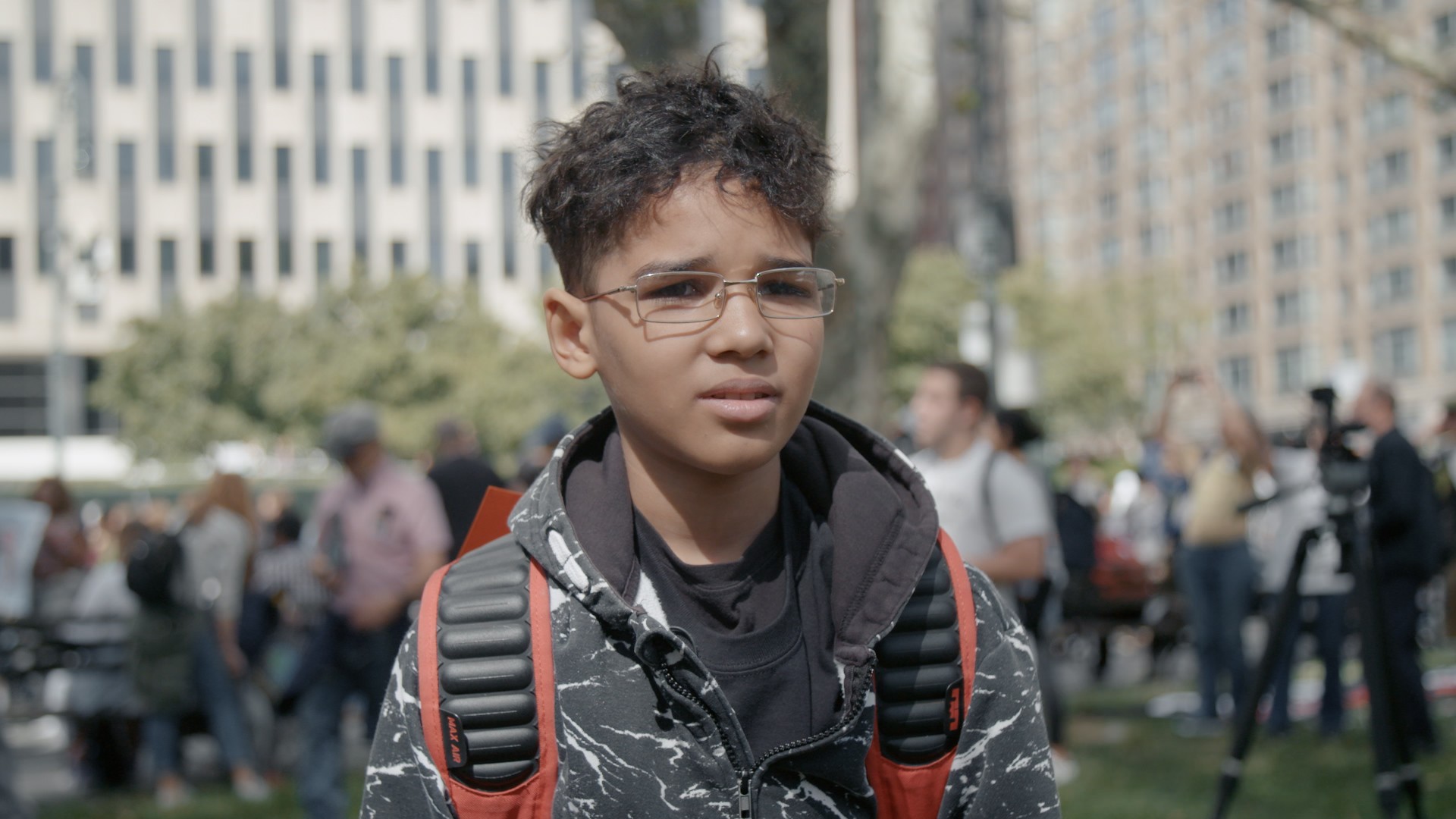Want the best of VICE News straight to your inbox? Sign up here.Huge amounts of a super-potent greenhouse gas have been leaking into the atmosphere — but scientists don’t know for sure where they’re coming from.One pound of HFC-23 warms the Earth about as much as about 12,000 pounds of carbon dioxide, the most prevalent climate-heating gas. If everyone was adhering to regulations for the chemical, used to make fridges and air conditioners, emissions should have basically dropped to zero.But that’s not what’s happening: Global emissions of HFC-23 are at an all time high, according to research published this week.And once HFC-23 is in the atmosphere, it lingers. Methane, another potent greenhouse gas, traps about 80 times the heat that CO2 does but breaks down after about 12 years. HFC-23 stays in the atmosphere for about 250 years. Luckily, there’s way less of it in the atmosphere than CO2 or methane, byproducts from industrial manufacturing and cars’ tailpipes.HFC-23 only comes from making another chemical, HCFC-22, a refrigerant that has been mostly phased out in developed countries. Under the UN’s Montreal Protocol, an international agreement to protect the ozone, most western countries have agreed to phase out its use. (HFC-23 doesn’t directly deplete the ozone, but HCFC-22 does.)According to the data published this week, the gap between how much countries had collectively promised to reduce their HFC-23 emissions between 2015 and 2017 and what was actually in the air was pretty significant. The extra HFC-23 had the capacity to warm the planet as much as Spain’s total annual greenhouse gas emissions.“That’s a huge amount of emissions that could have quite easily been abated,” Kieran Stanley, an atmospheric chemistry researcher at Queen Mary University in London and the lead author of the paper, told VICE News.Experts told VICE News that preventing this chemical from leaching into the air is easy to do: Relatively cheap technology exists that allows chemical facilities to trap it and burn it off.“It’s pretty much the lowest hanging fruit there is,” said Alex Hillbrand, who works with the Natural Resources Defense Council to limit HFC pollution. “Many of the facilities that produce HCFC-22 have incinerators on them that can destroy this byproduct.”“We know how cheap this is to do, and it should be done, period,” he added.There’s a good reason countries agreed to reduce their emissions of chemicals used in old fridges: Another study that came out earlier this week found that ozone-depleting gases, including the chemicals in air conditioners and refrigerators, were responsible for about half of the Arctic sea ice melt that took place between 1955 and 2005.Developing countries are still using HCFC-22 as a refrigerant, but they should be burning the HFC-23 byproduct. It’s cheap to do, and the UN was until recently incentivizing its burning, which made incineration extra-cheap.The new data about HFC-23 in the atmosphere, published this week in the journal Nature Communications, comes from monitoring devices scattered around the globe — Ireland, the West Coast, Barbados, American Samoa, and Tasmania.China and India, which still produce and use HCFC-22 as a refrigerant, are the two biggest emitters, by their own admission. But if every country were emitting what they reported they were emitting, detected levels of its byproduct, HFC-23, in the atmosphere wouldn’t be nearly as high. Cover image: In this Tuesday, May 17, 2016 file photo, an Indian boy of a migrant daily wageworker sleeps in scorching summer temperatures near an air conditioner shop at a marketplace in New Delhi, India. Nations reached a deal Saturday, Oct. 15, 2016 to limit the use of hydrofluorocarbons, or HFCs - greenhouse gases far more powerful than carbon dioxide that are used in air conditioners and refrigerators, in a major effort to fight climate change. (AP Photo/Altaf Qadri, File)
Cover image: In this Tuesday, May 17, 2016 file photo, an Indian boy of a migrant daily wageworker sleeps in scorching summer temperatures near an air conditioner shop at a marketplace in New Delhi, India. Nations reached a deal Saturday, Oct. 15, 2016 to limit the use of hydrofluorocarbons, or HFCs - greenhouse gases far more powerful than carbon dioxide that are used in air conditioners and refrigerators, in a major effort to fight climate change. (AP Photo/Altaf Qadri, File)
Advertisement
Advertisement
So who’s pumping this crap into the air?
Advertisement
But the data that the researchers have collected isn’t granular enough to say who’s polluting. They suspect that either big facilities, likely in China or India, just aren’t running their incinerators — or a slew of illegal refrigerant operations could be popping up somewhere that don’t have incinerators at all.To figure that out, researchers will have to measure the HFC-23 content in the air closer to the sources of pollution.“We can’t point the finger at China and say, ‘We know you’re not emitting what you say you are emitting,” Stanley said. “Where the culprits are distributed, we just don’t know at the moment.”Just last year, another group of researchers developed a method to pinpoint the source of emissions of ozone-depleting chlorofluorocarbon, whose production had been banned worldwide. And they plan to use the same process to figure out who’s responsible for the uptick in HFC-23 pollution.But even the coolants used now still contain a less-potent planet-heating chemical. The new generation of refrigerants, known as HFOs, trap about four times as much heat as carbon dioxide.“Your fridge, whatever gas it uses as its coolant, over time you will get leaks that happen,” Stanley said. “So obviously that's going to end up in the atmosphere.”“Where the culprits are distributed, we just don’t know at the moment.”
